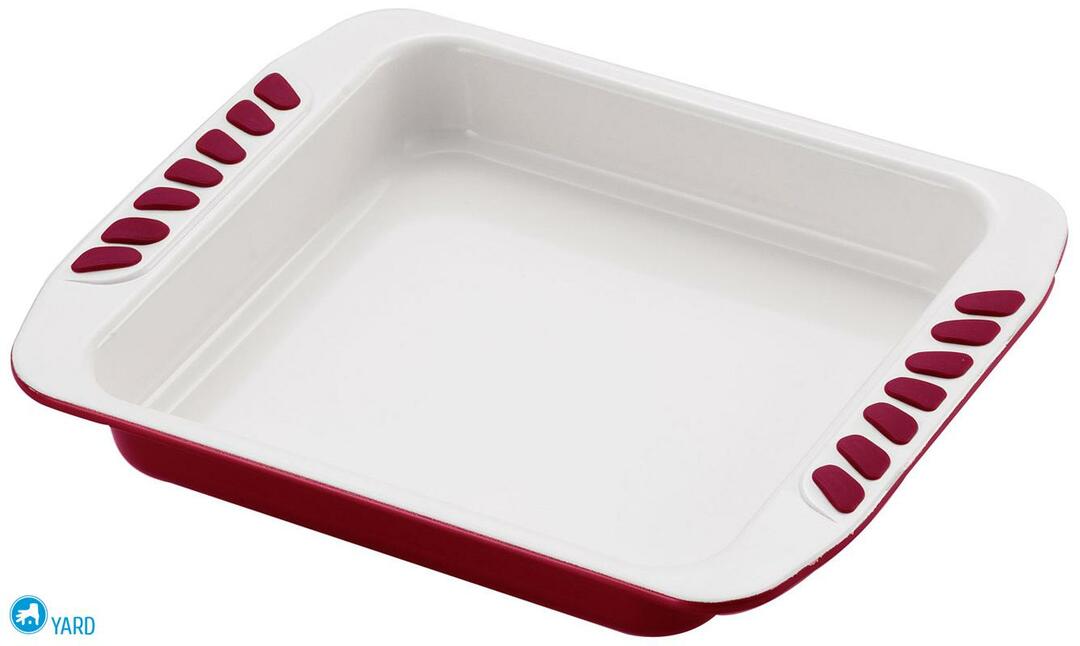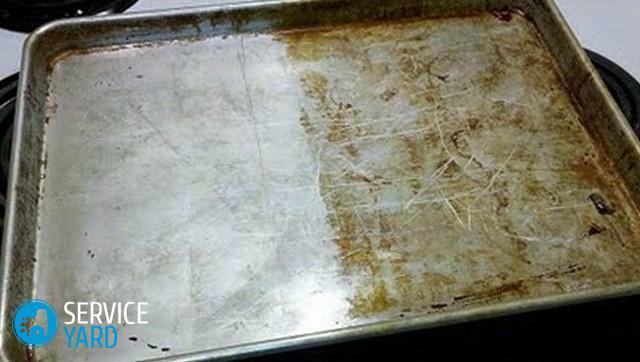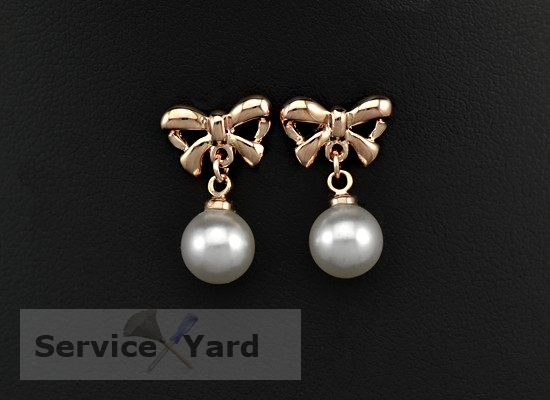Contents:
- Cleaners for enameled plates and glass-ceramic panels
- Than and how to clean the panel from stainless steel?
- Clean the parts
If you know what and how to wash the stove, grilles and handles from soot and grease, do it correctly and regularly, then the cleaning process turns into pleasure. In order to ensure that all contaminants are removed easily, you need to select the right cleaning agents.

The choice depends on the condition of the tile and the type of surface. They come:
- from steel, covered with enamel;
- from impact and heat-resistant glass-ceramics( gas on glass);
- in stainless steel - matt or polished.
If we talk about the usual plates with a built-in oven - the most common option - then they basically have an enamel surface, occasionally there is a stainless steel. Gas hobs can be made in all three variants.
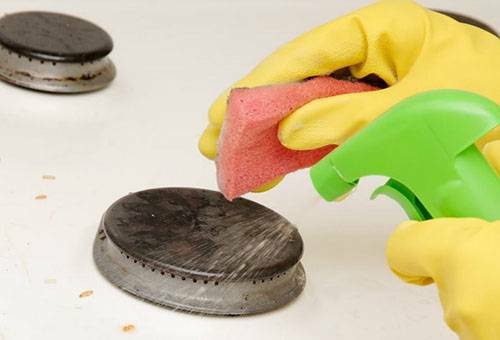
Cleaners for enameled plates and glass-ceramic panels
Enamel, like glass ceramics, can be cleaned by almost any means. They may contain alkali or acid - this will not damage the surface in any way. The only taboo for tiles of this type is mechanical cleaning of the deposit with the use of metal brushes, scrapers or abrasives. Mistresses should know that salt or soda are innocuous home remedies - they are also an abrasive when dry. If you clean the panel with their help, then on the glass or enamel, microtscripts are formed and the dirt gets clogged there, which is more and more difficult to clean with each time, which means that more and more radical means are applied every time.
To keep the cooker in good condition, you must initially treat it with care. Using soda to soften the carbon, you need to completely dissolve it in water. Its properties while it does not lose, but the surface does not hurt.
A few tips on how easy it is to wash a heavily soiled tile, including a sieve covered with enamel from fat, without using household chemicals.
- Prepare a strong saline solution( 2 tablespoons per 0.5 l of water), apply to a stove and leave overnight. In the morning wipe the tile dry and make the following: 25 grams of laundry soap to dissolve in a small amount of hot water, add there 50 g of vinegar and 20 g of calcined or baking soda. This solution to cover the surface, and after 2-3 hours it can be cleaned with a damp sponge. All pollution will go away.
- Dissolve in cold water( 200 ml) 1 tbsp.spoon of silicate glue, add 1 teaspoon of powder or detergent and 3 tbsp.spoons of soda. With the resulting composition, pour a dirty surface and wait 30-40 minutes, after which you can wipe the plate with a damp cloth. This method is suitable to clean the grate for a plate of any type, including cast iron.
- For white enamel, you can use ammonia( ammonia), then the tile will simply shine with cleanliness. The same recipe is also suitable for glass ceramics in order to remove the remaining stains, which give an untidy look. After removing deposits and deposits of fat, wipe the surface with a solution of ammonia( 1 teaspoon) and water( 500-1000 ml).
In addition to the above funds, you can use household chemicals for "general" cleaning. Suitable liquid and gel formulations, powders can not be used. There is also a restriction for cleaning enamel with the help of ingredients containing acid: they can be used no more than once a month. When using factory tools, you also need to be patient, because in order for even the most "thermonuclear" means to act, time is needed. After applying the liquid or gel, wait 15-20 minutes, if the instructions do not say more.
Daily cleaning of enamel is carried out with usual detergent and any sponge. But for wiping glass ceramics, you need to use a separate sponge, which does not wash the other dishes and a special tool, so that there will not be any divorce. If there is no special tool, you can wash it with the usual one, but then you will have to wipe the panel with a solution of ammonia and water or a means for washing the glasses.
Board
For cleaning glass-ceramics, a rubberized cloth is best suited, and for wiping dry - a cloth made of microfiber.

How and how to clean the panel from stainless steel?
Before cleaning the gas cooker from stainless steel, it is necessary to understand what means can be used for this, and which ones will bring only harm and spoil the appearance forever. The following solutions and formulations are prohibited:
- containing acid;
- containing chlorine;
- with abrasive particles.
It should be noted that aggressive household chemicals are not suitable for stainless steel tiles, so you can not start the process: stains of old fat and stale carob will be very difficult to clean, especially on the polished panel. It is better to carefully perform daily cleaning and, if something escaped and burned, clean out immediately.
If you can not keep track of old stains of burnt fat, you can prepare a solution:
- 200 ml of water;
- 1 tbsp.a spoon of silicate( clerical) glue;
- 25 g grinded on a large grater household soap or 1 tsp powder;
- 3 tbsp.spoons of soda.
You need to mix everything well, apply to the surface, and if the handles of the same material, then on them, and after a few hours wash it off. After that, wipe dry and polish with the addition of a special polishing agent. Daily cleaning is done with the addition of a small amount of detergent, as its excess will not allow the panel to clean the chemistry cleanly and leave stains. Wipe stainless steel dry, like glass ceramics, most conveniently with microfiber napkins.
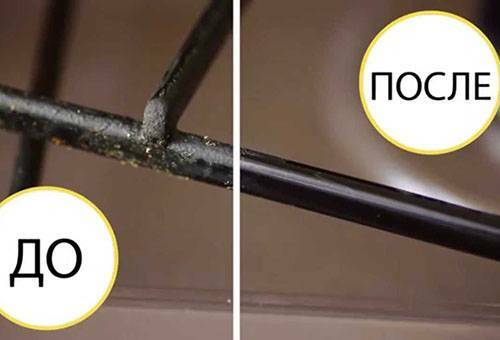
Clean the parts
Before removing the plate, remove the removable parts. Lattices are removed with each wash, the burners - as far as contamination, but the adjusting handles are best removed only during general cleaning. Another detail that needs periodic attention( every few years) is the nozzles. To clean them, you can invite a gas man, but you can do this yourself at home.
Enamelled grilles are very easy to clean. If there is a dishwasher, you can put them there. Manually clean them, too, is easy, all the same tools as for a plate will do. In the case of a strong deposit, you can put them in a basin with very hot water and detergent and leave for a couple of hours. After that, all the dirt can easily be removed. Steel grating without coating can be cleaned with any abrasive, metal washcloth or brush, but you can not use any acids, including vinegar. Worst of all are cleaned iron gratings: after each contact with water they must be dried, so that rust does not form. Handle with them carefully, because when the impact may be formed chipped. You can clean them with metal washcloths, but with caution, without strong pressure. But metal brushes can damage cast iron. To clean a heavily soiled cast iron grate, it can be burned( with a blowtorch or over a fire).Keep on fire until the baked fat and dirt are completely burned out.
The gas adjusting knobs can be made of plastic or stainless steel. In both cases, after removing the handle, lower it into a soap solution and, after waiting a while, is cleaned with a normal sponge. Stainless steel parts are wiped dry after cleaning. A bit harder if you need to clean non-removable handles. For daily cleaning, you can use a solution of ammonia and water and a regular sponge. During general cleaning, it is better to use detergent and toothbrush, and to clean the dirt from under the handle, you can use a toothpick.
Burners are usually made of aluminum, but the reflectors( covers) are made of enamelled steel. Covers are washed with an ordinary detergent under running water. In strong soiling, pre-soaked. On the aluminum parts, apply any cleaning agent that does not contain acid and chlorine, and clean with a metal washcloth. The nozzles are cleaned at home by removing the top panel afterwards, with a thin soft wire, since the hard wire can damage them. Fine thin copper wire fits well. Perform this procedure with the gas on, so everything must be done quickly. If there is no confidence in their abilities, it is better to invite a specialist.

